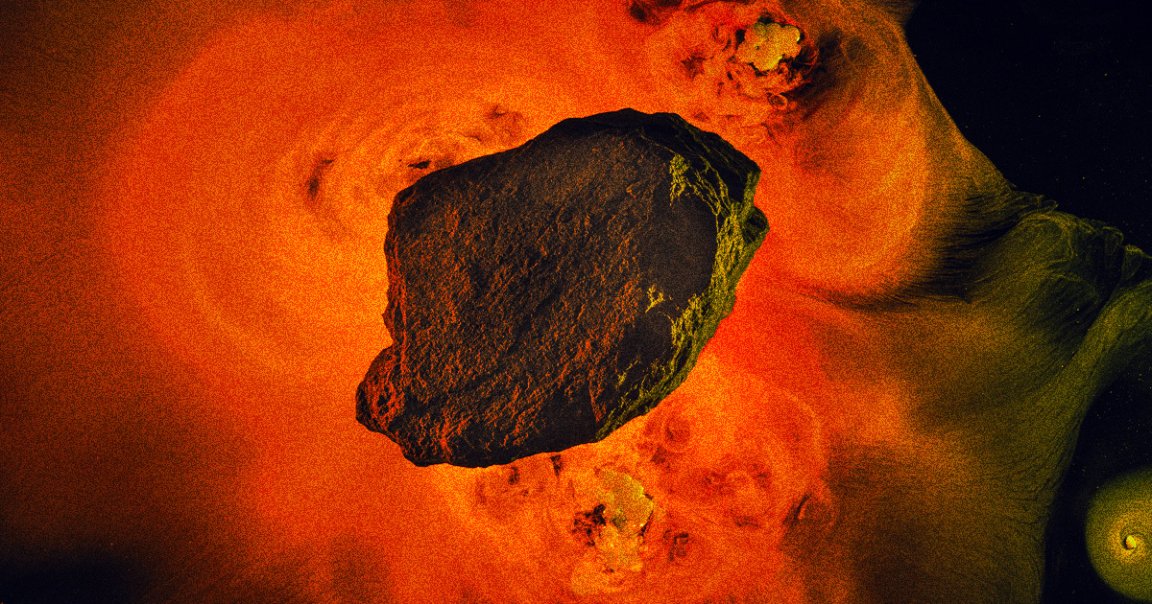
Boring Science
The future of geology — and maybe even renewable energy — is heating up, literally.
Scientists in Iceland are steaming ahead with an ambitious project to drill straight down into a magma chamber that could provide not only the first direct look at the oceans of molten rock stewing miles beneath the Earth’s surface, but a revolution in geothermal energy that could potentially see the technology be used anywhere on the globe with never before achieved efficiency.
“It’s the first journey to the center of the Earth,” Björn Þór Guðmundsson at the Geothermal Research Cluster (GEORG) in Reykjavík told New Scientist, which characterized the potential payoff as “unlimited energy.”
Mired by Magma
For how essential magma is to our understanding of the Earth’s geology, finding it is an incredibly rare feat — and getting direct, hard data about it even more so. Until now, purposefully drilling directly into a magma chamber has never even been attempted.
“You could never really propose to drill into magma,” John Eichelberger, a volcanologist at the University of Alaska told New Scientist. “People would laugh at you and say, you’ll start an eruption. And besides, you can’t find it.”
But by an incredible stroke of luck, scientists did. In 2009, a geothermal drilling project for the Iceland energy firm Landsvirkjun unexpectedly hit a magma chamber near the country’s formidable Krafla volcano. That the crew weren’t instantly obliterated by a volcanic eruption was relieving proof that drilling into magma could be safe.
In 2013, the same team that made the discovery, led by Bjarni Pálsson at Landsvirkjun, launched the Krafla Magma Testbed (KMT) project to repeat their success. It’s now set to start drilling in 2026 with the primary goal of advancing our understanding of magma.
“We don’t have any direct knowledge of what magma chambers look like, which is crucial in understanding volcanoes of course,” Pao Papale at the National Institute of Geophysics and Volcanology in Italy told New Scientist.
Power Up
KMT scientists plan to deploy an array of sensors in the magma that will continue taking measurements on properties like temperature.
“We hope to be able to have a direct measurement at least of temperature, which has never been done before,” Hjalti Páll Ingólfsson at GEORG told New Scientist.
A key topic will be observing how rock melts into magma, as well as looking for indicators that could tell of an impending volcanic eruption, which are notoriously difficult to predict.
Perhaps most excitingly is the headway the KMT borehole could make for renewable energy. The hope is to develop a new form of generating geothermal power called near-magma geothermal, which would use the extreme heat of molten rock to heat up water at even higher temperatures than what’s possible with current techniques.
This potential clean energy miracle, though, hinges on KMT leading to new insights on how to reliably find these magma chambers. But by finding one in the first place, they’ve arguably already done the hard part.
More on geothermal: Google Fires Up Experimental New Geothermal Plant